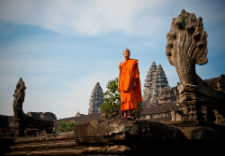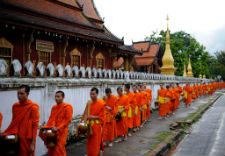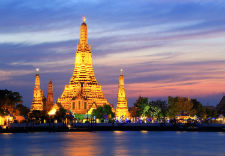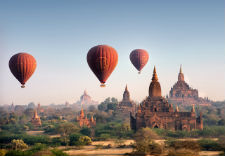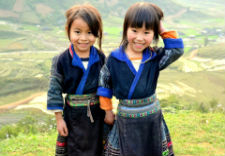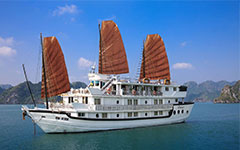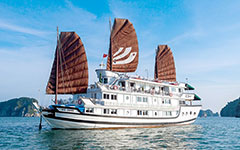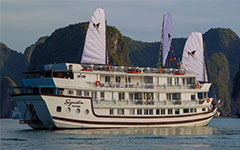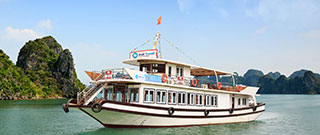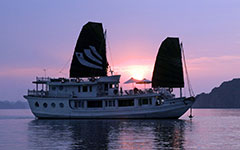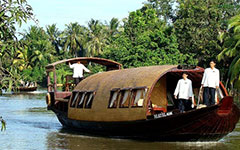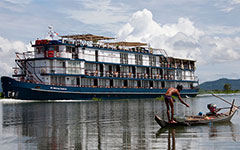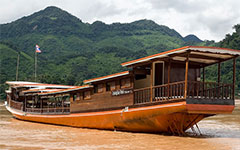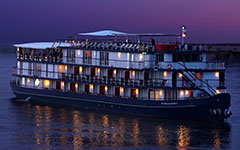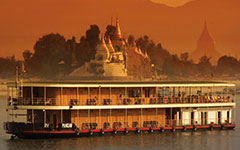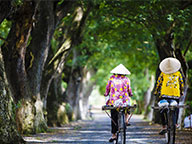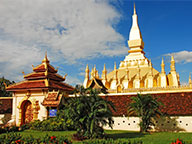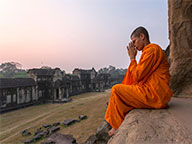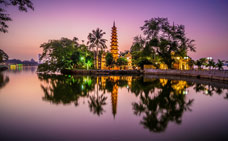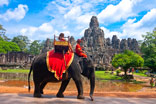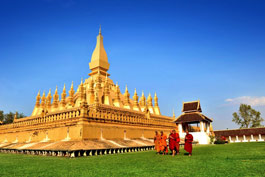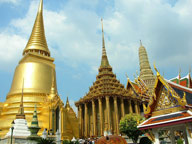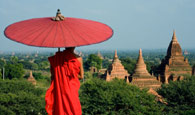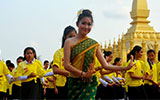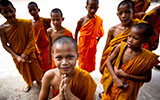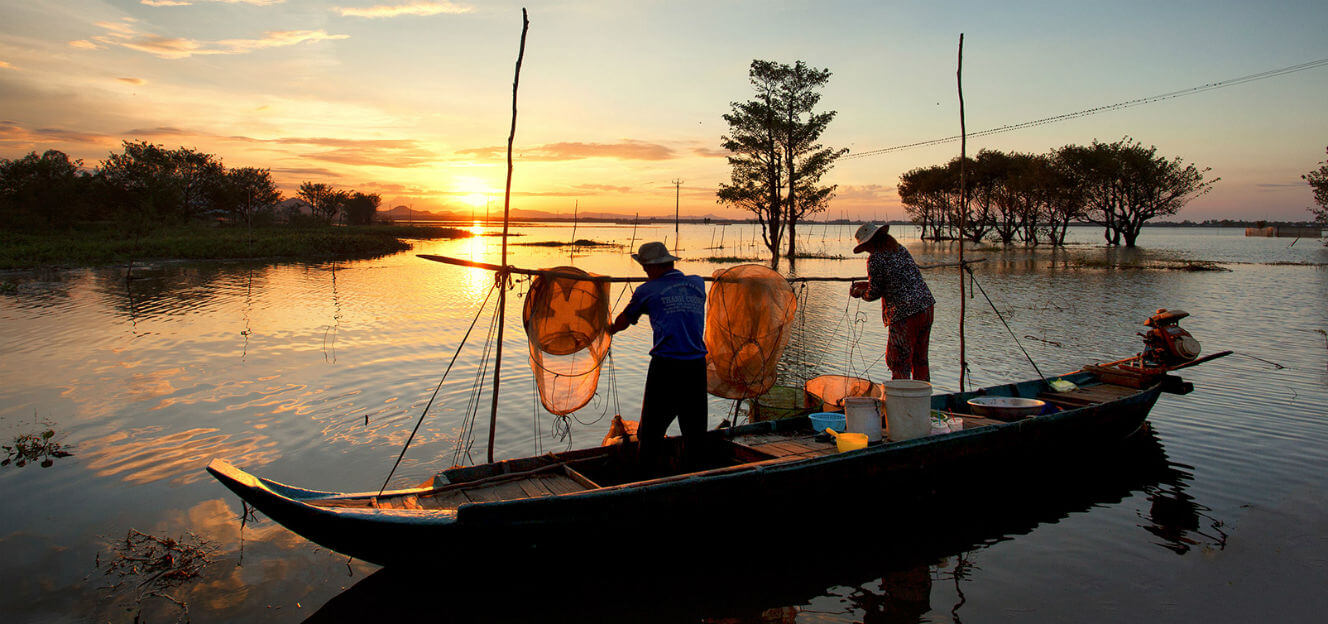Visa & Passport
Tourist visas are readily available at airports and most land borders for between US$30 and US$42 for one month.
The price of a Lao visa varies ( VISA on Arrival ) according to nationality and is 30 USD for holders of Australian and New Zealand passports, 35 USD for holders of USA and UK passports, and 42 USD for holders of Canadian passports. For travellers of all nationalities payment should be made in USD cash and a passport photo must be provided. Visas cost an extra 1 USD on weekends and public holidays.
Laos visa on arrival
At the moment, Laos immigration department does not have any official regulation about making visa on arrival, so to make Laos visa, we give you the solution which is accepted by Laos Governement as following:
- You can go to Laos Embassy to make visa, until this time, this is the best solution. Next time if governement has other regulation about making visa on arrival, we will let you know in advance.
- For unlimited nationalities to Laos, they can flight to Laos international airport, and then the immigration officers will get visa stamp and allow them to enter Laos.
So our website does not provide Laos Visa on arrival service until Laos Governmenthas new regulation to issue visa on arrival online for tourists. For Vietnam visa, you can make visa on arrival online, you can visit this website to know more information:
The list of countries which are exempt from Laos visa
|
No |
List of Visa Exemption |
Diplomatic Passport |
Service Passport |
Ordinary Passport |
|
|
Countries |
Visa exemption |
Visa exemption |
Visa exemption |
|
1 |
Brazil |
90 days |
90 days |
Require |
|
2 |
Brunei Darussalam |
14 days |
14 days |
14 days |
|
3 |
Cambodia |
30 days |
30 days |
30 days |
|
4 |
China |
30 days |
30 days |
Require |
|
6 |
Czech Republic |
30 days |
3o days |
Require |
|
7 |
Hungary |
30 days |
30 days |
Require |
|
8 |
India |
30 days |
30 days |
Require |
|
9 |
Indonesia |
14 days |
14 days |
30 days |
|
10 |
Japan |
90 days |
Require |
15 days |
|
11 |
Malaysia |
30 days |
30 days |
30 days |
|
12 |
Myanmar |
30 days |
30 days |
14 days |
|
13 |
North Korea |
30 days |
30 days |
Require |
|
14 |
Poland |
30 days |
30 days |
Require |
|
15 |
Republic of Korea |
30 days |
30 days |
15 days |
|
16 |
Royal of Thailand |
30 days |
30 days |
30 days |
|
17 |
Russia Federal |
30 days |
30 days |
15 days |
|
18 |
Singapore |
30 days |
30 days |
30 days |
|
19 |
Swiss |
Require |
Require |
15 days |
|
20 |
The Philippines |
30 days |
30 days |
30 days |
|
21 |
Vietnam |
30 days |
30 days |
30 days |
|
Nationality |
Visa Stamping Fees in USD |
Return ticket required |
Visa required |
|---|---|---|---|
| Australian | 30 | Yes | Yes |
| British | 35 | Yes | Yes |
| Canadian | 42 | Yes | Yes |
| Sweden | 31 | Yes | Yes |
| USA | 35 | Yes | Yes |
To Get Laos Visa
Laos visas are valid for 30 days from the date of issue. Please apply only within 30 days of your travel dates.
1. Filling up Application form for arrival visa.
2. You need 2 passport size photos.
3. Valid passport (at least 6 months of remaining validity)
4. You need to pay fee in USD
There are 4 Airports in Laos that you can obtain Lao Visa on arrival.
1. Wattay International Airport in Vientiane Capital.
2. Luang Prabang International Airport in Luang Prabang Province.
3. Pakse International Airport in Pakse.
4. Savannakhet International Airport in Savannakhet Province.
5. And other Border check points
To enter Laos, a passport valid for at least six months is required by all nationals referred to in the chart above.
You may not always be required to show a return ticket if you are travelling overland. However, it is wise to procure an itinerary from a travel agent to avoid problems.

